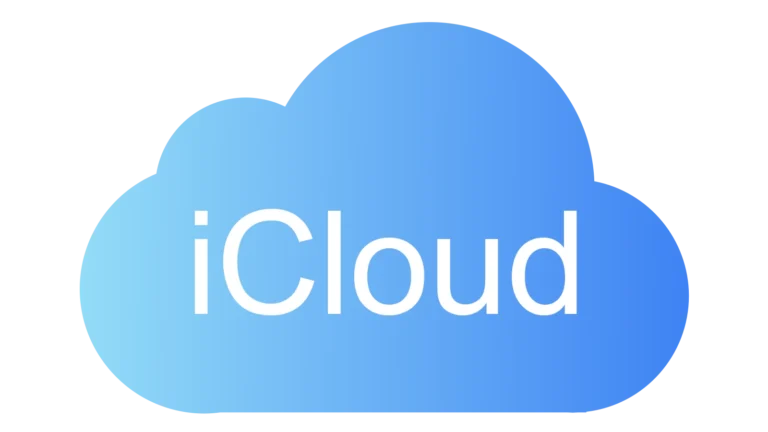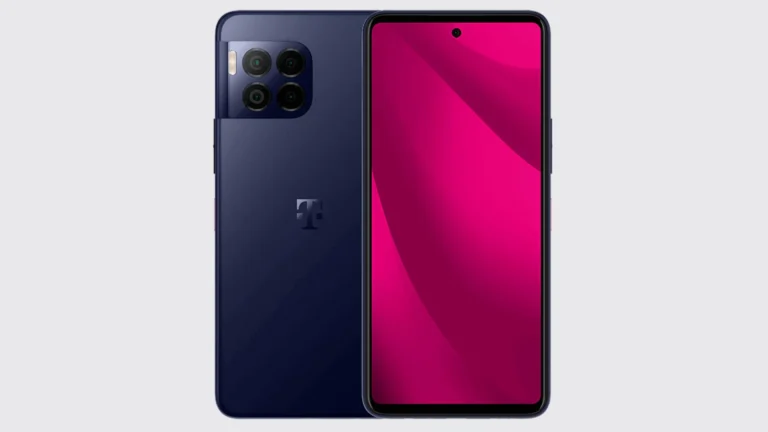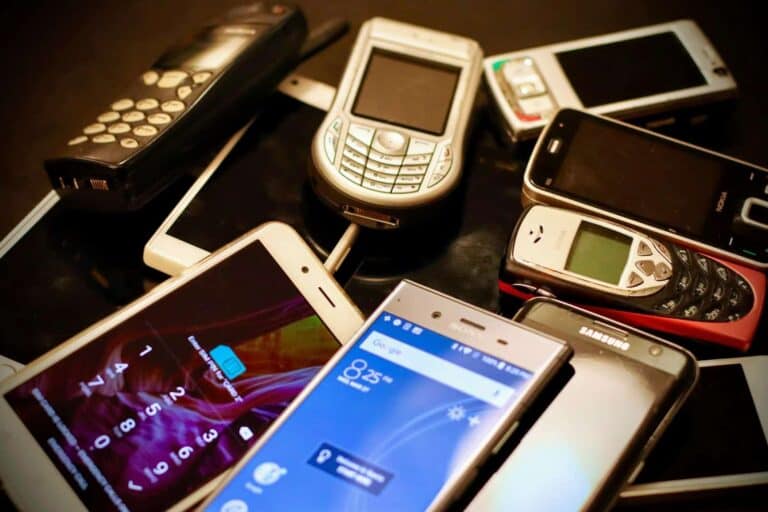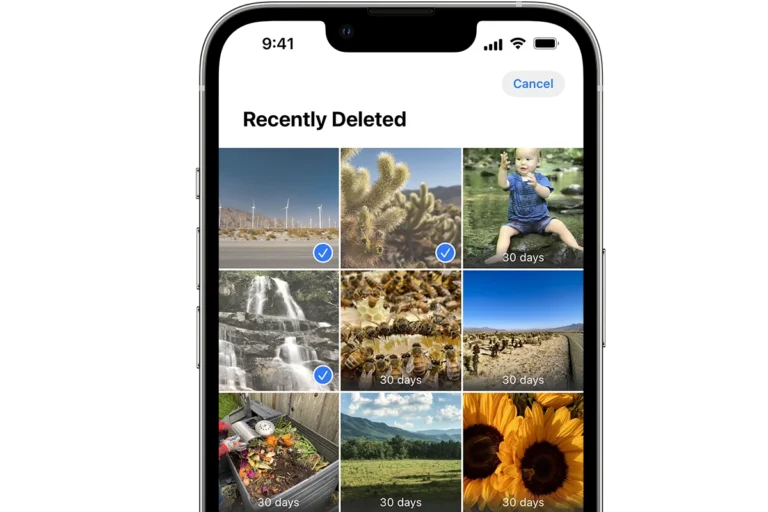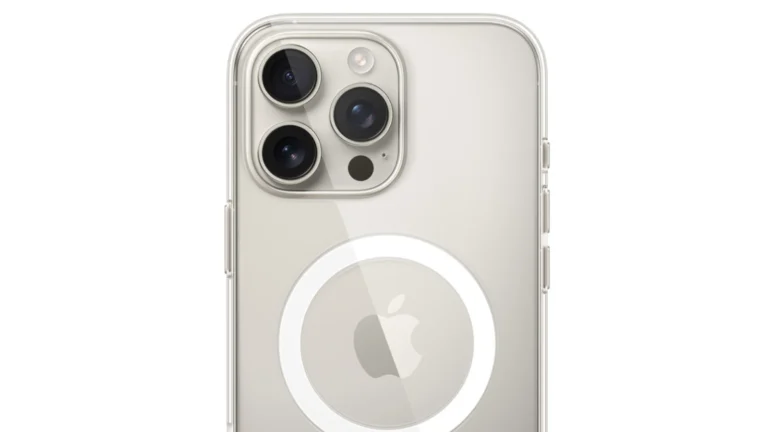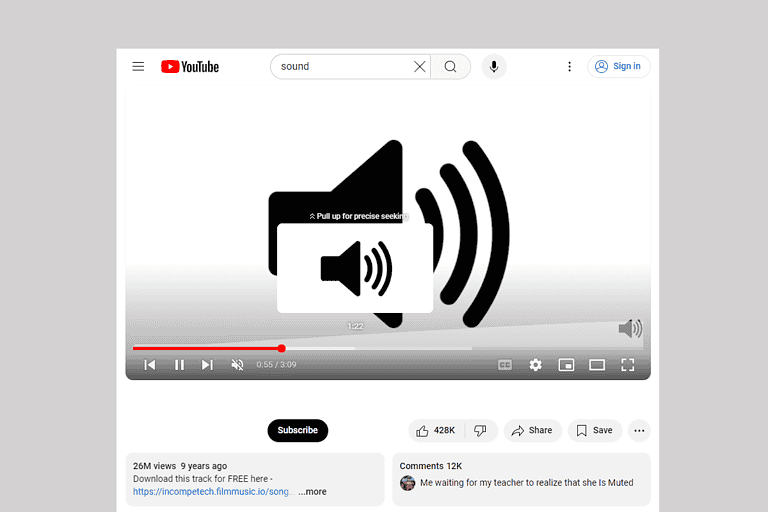
Microsoft exited the smartphone market back in 2017 to the surprise of almost everyone. There’s no doubt that even with Microsoft as a player, iOS and Android were dominating the market. But phones were predicted to be “the future” and, spoiler alert, they ended up being just that. When Microsoft exited it handed Google and Apple the entire market to do as they pleased.
But what has changed recently is how powerful these phones have become. Phones now have enough RAM (thing 8GB or more), storage space, and processing power to basically take on their larger tablet or even laptop PC counterparts. What that means is that Microsoft could actually start deploying a nearly FULL version of Windows OS on phones now; not just the Windows Phone OS that was largely a disaster back in the day. So while Microsoft’s previous attempts to compete with Android and iOS did not go as planned, the option of deploying a full version of Windows built for a mobile format changes everything.
Image Credit: https://www.flickr.com/photos/33898753@N00/9397699232
Latest Rumors
There have been rumors circulating about Microsoft potentially making a phone again. These rumors have picked up steam recently due to a few factors:
- Microsoft’s renewed interest in mobile: Microsoft has been showing increased interest in the mobile space. They’ve released several apps and services for Android and iOS, and they’ve even been working on a version of Windows 11 that can run on Snapdragon chips, which are commonly used in smartphones.
- The rise of foldable devices: Foldable devices, like the Surface Duo, are becoming more popular. Microsoft has already dipped its toes into this market, and it’s possible that they could see it as an opportunity to re-enter the smartphone market with a unique device.
- The potential of AI integration: AI is rapidly advancing and is being integrated into more and more devices. Microsoft has been heavily investing in AI, and it’s possible that they could leverage their AI capabilities to create a smartphone that stands out from the competition.
However, it’s important to note that these are just rumors at this point. There’s no concrete evidence that Microsoft is actually working on a new phone. Microsoft CEO Satya Nadella has even said in the past that they have no plans to make another phone in the traditional sense.
Where Microsoft Left Off
Microsoft’s efforts with smartphones ended with the Nokia Lumia and Surface Duo (a dual-touchscreen Android smartphone manufactured by Microsoft) lines. The sales and market-share they were able to build up was substantial for a small company, but just not enough for a company with the size and scale of Microsoft. So if Microsoft wants to get back in they’re going to have to do it with an offering that delivers some innovative technology that Apple and Google just can’t match. As mentioned that can come in the form of Windows OS and the integration into the Windows ecosystem. It could also come in the form of integration with OpenAI, ChatGPT, M365, and Bing Apps.
With advancements in folding screens and the potential for running Windows 11 or 12, the company also has the ability to take a niche part of the market into the mainstream. There’s no question that Windows in the traditional sense would require a larger screen and we can get there with foldables. With Microsoft’s large resources, paired with a well-designed operating system and a focused strategy, they could definitely find a footing in a market that has largely become stale and boring.
Microsoft’s Mobile Ambitions: Will Windows 12 Return to Smartphones?
Microsoft’s Past Mobile Ventures
Microsoft’s history in the mobile market is a mixed bag. While Windows Phone showed promise with its unique tile interface, it failed to compete with Android and iOS. Microsoft’s acquisition of Nokia’s mobile division further solidified its commitment to the market. However, due to limited app availability and market share, Microsoft eventually abandoned its mobile ambitions.
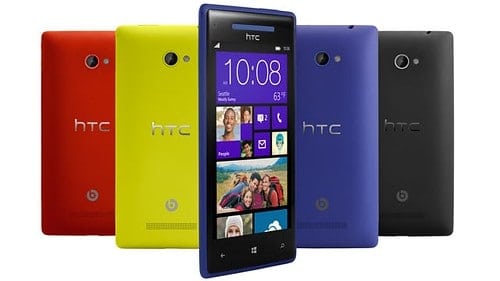
The Emergence of Windows 12 Rumors
Recent leaks and rumors have hinted at the development of Windows 12. Some speculate that this new operating system could revive Microsoft’s mobile efforts. Concept designs and videos of a potential “Windows 12 Mobile” have surfaced, showcasing a modern interface and features like a Start button, Copilot button, and Microsoft Edge.
Why Microsoft Could Return to Smartphones
Several factors suggest Microsoft might re-enter the smartphone market:
- Market Dominance: Microsoft is a tech giant with vast resources. Its success in other areas could translate well into the mobile market.
- Windows 12’s Potential: The rumored features of Windows 12, combined with Microsoft’s experience, could lead to a compelling mobile experience.
- Changing Landscape: The smartphone market is constantly evolving. Microsoft might find new opportunities to carve out a niche.
Potential Challenges and Roadblocks
Despite the potential benefits, Microsoft faces challenges:
- Established Competition: Android and iOS dominate the market, making it difficult for newcomers to gain traction.
- App Ecosystem: A thriving app ecosystem is crucial for any mobile platform’s success. Microsoft would need to attract developers and users.
- Past Failures: Microsoft’s previous failures in the mobile market might make consumers and investors hesitant.
Possible Features of Windows 12 Mobile
If Microsoft does return to the smartphone market, Windows 12 Mobile could offer:
| Feature | Description |
|---|---|
| Modern User Interface | A sleek, updated design with intuitive navigation and features. |
| Seamless Integration | Tight integration with other Microsoft products and services, like Office, Teams, and OneDrive. |
| Productivity Focus | Emphasis on productivity tools and features for work and personal use. |
| Unique Features | Innovative features like Continuum, which turns the phone into a PC-like experience when connected to a monitor. |
Key Takeaways
- Microsoft may bring new technology to their phones.
- Past attempts like the Lumia and Surface Duo did not succeed.
- Future phones might run Windows 11 or 12, offering a fresh start.
Prospects of Microsoft Re-entering the Smartphone Market
Microsoft has shown interest in rejoining the smartphone industry. They have a history with smartphones and unique platforms that could differentiate their future products.
Market Analysis and Past Endeavors
Early attempts by Microsoft in the phone market included the Windows Phone and collaboration with Nokia. These devices failed to compete against Android and iOS. Microsoft shut down the Windows Phone project. Later, they released the Surface Duo, which combined a dual-screen design with Android. Despite this, market research firms like IDC show that Microsoft’s market share in smartphones has been low. Competing with established brands such as Apple, Samsung, Huawei, and Oppo remains a significant challenge.
Technological Innovation and Possible Features
Microsoft’s potential return to smartphones may focus on unique features. The Surface Duo showcased a thin, dual-screen design with a hinge. Future phones might focus on foldable or dual-screen technology similar to the Galaxy Fold. Integration with Windows 10 and Windows 11, as well as compatibility with Microsoft Office and Teams, could make their phones appealing. Ai and 5G could be key components. Stylus support and other hardware innovations may also be explored.
Potential Software and Ecosystem
A new Microsoft phone could integrate deeply with their existing ecosystem. This might include productivity tools like Microsoft Office, Teams, and other apps. Windows software could provide a seamless experience between a phone and a computer. The use of Android might continue, given its widespread use and app support. Microsoft could also enhance its services with Bing and other solutions to compete with Google and iOS. The ability to sync effortlessly with Microsoft services would be a major selling point.
Business Strategy and Customer Focus
Under CEO Satya Nadella, Microsoft has shifted focus to cloud computing and services. Their re-entry into smartphones would require a clear strategy. Targeting business customers with productivity features would be crucial. Acquiring startups or collaborating with other tech firms could strengthen their position. Combining smart hardware with software will be essential. By focusing on business needs and leveraging their strengths in software, Microsoft can capture a niche in the crowded smartphone market.
Frequently Asked Questions
Microsoft’s plans for mobile phones have changed a lot over the years. This section discusses their latest strategies, past releases, and potential future developments.
What are Microsoft’s current plans for mobile devices?
Microsoft is focusing on integrating mobile devices with Windows through apps like Phone Link. They have not officially announced plans for a new phone.
When was the last version of Windows Phone released?
The last major version of Windows Phone, Windows 10 Mobile, was released in 2015. Support for it ended in 2019.
Has Microsoft announced a new iteration of their mobile operating system for future devices?
As of now, Microsoft has not announced a new version of their mobile operating system. They seem more focused on integrating mobile features into Windows 10 and 11.
How has Microsoft’s strategy in the smartphone market changed over recent years?
Microsoft has shifted from making phones to enhancing the experience on existing mobile devices through software and apps. They focus on services like Microsoft 365 and cloud-based solutions.
What features would Microsoft likely incorporate in a potential future mobile device?
If Microsoft re-enters the phone market, features might include deep integration with Windows, Office apps, and possibly foldable screens similar to Surface Duo technology.
Are there any indications from Microsoft regarding a re-entry into the mobile phone market?
Currently, there are no strong signals from Microsoft about making a new phone. Their efforts are more on improving software compatibility between Windows and existing Android and iOS devices.

